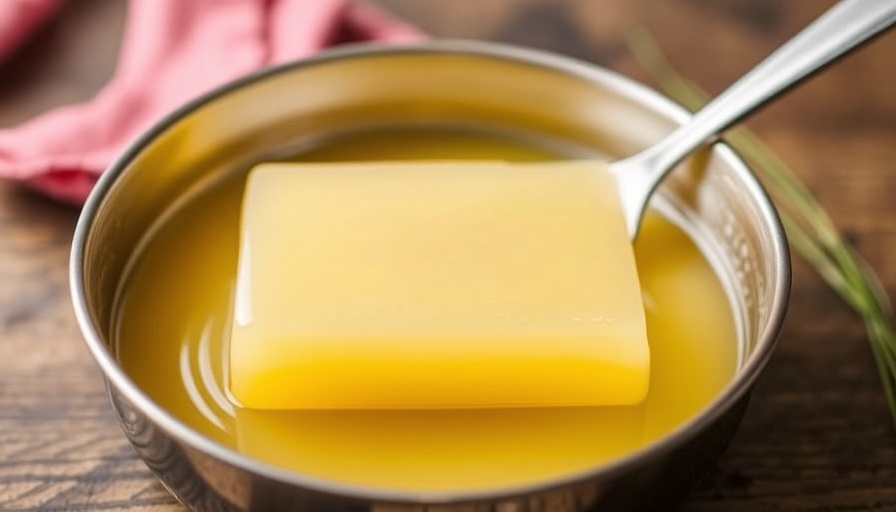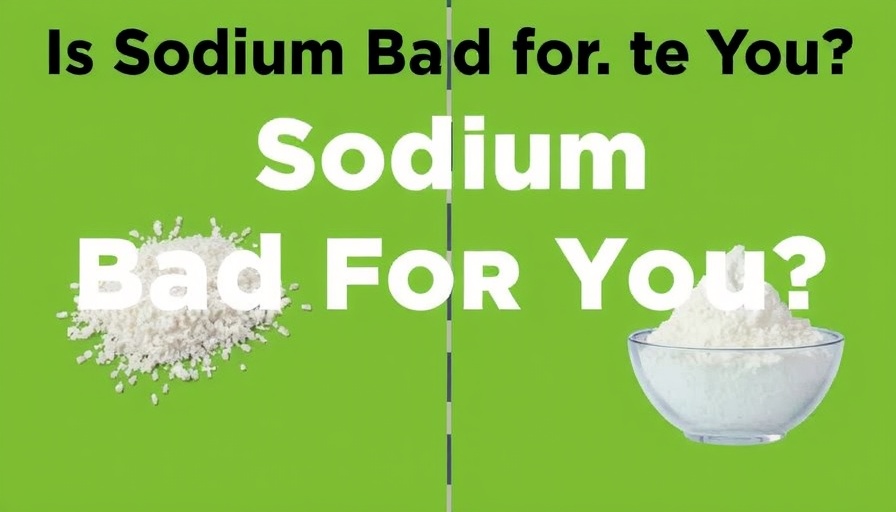
Understanding Beef Tallow: What Is It and How Is It Used?
Beef tallow, a form of rendered beef fat, is gaining popularity again in kitchens, especially among those looking for alternatives to seed oils. Solid at room temperature, tallow is primarily composed of saturated fat and is created by melting down cow fat. Its high smoke point makes it suitable for various cooking techniques, including frying, roasting, and grilling.
The Health Debate: Is Beef Tallow Beneficial?
While influencers tout beef tallow as a healthier option, dietitian Emily Sullivan urges caution. She points out that while tallow contains stearic acid, which some studies suggest may lower cholesterol, the evidence remains inconclusive and requires further research. Additionally, tallow includes certain vitamins, but these nutrients are not present in substantial amounts.
Analyzing Risks: The Case for Caution
As consumers transition to cooking with beef tallow, it’s essential to consider the associated risks. Experts have long advised moderation regarding saturated fats, especially given their potential links to heart disease. The shift back towards beef tallow appears to conflict with decades of nutritional advice, which raises questions about whether it is genuinely a better option compared to seed oils.
Conclusion: Making Informed Choices in the Kitchen
Parents, homeowners, and seniors alike must stay informed about what goes into their meals. Ultimately, while beef tallow may have some benefits, understanding the full range of factors—including potential health risks—is crucial in making dietary choices. As with many trends in nutrition, balance and moderation remain key.
 Add Row
Add Row  Add
Add 




Write A Comment